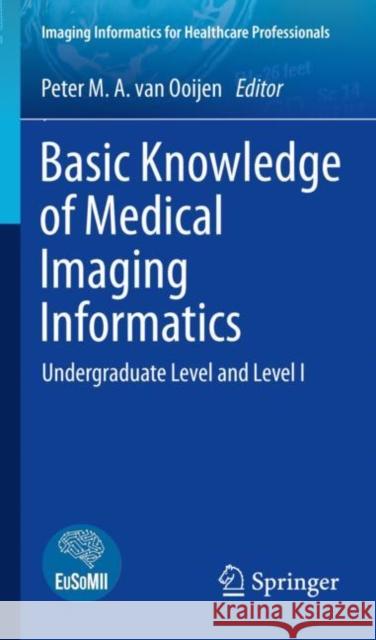Basic Knowledge of Medical Imaging Informatics: Undergraduate Level and Level I » książka
topmenu
Basic Knowledge of Medical Imaging Informatics: Undergraduate Level and Level I
ISBN-13: 9783030718848 / Angielski / Miękka / 2021 / 97 str.
Kategorie BISAC:
Wydawca:
Springer
Seria wydawnicza:
Język:
Angielski
ISBN-13:
9783030718848
Rok wydania:
2021
Wydanie:
2021
Numer serii:
001197997
Ilość stron:
97
Waga:
0.14 kg
Wymiary:
20.57 x 20.32 x 0.51
Oprawa:
Miękka
Wolumenów:
01











